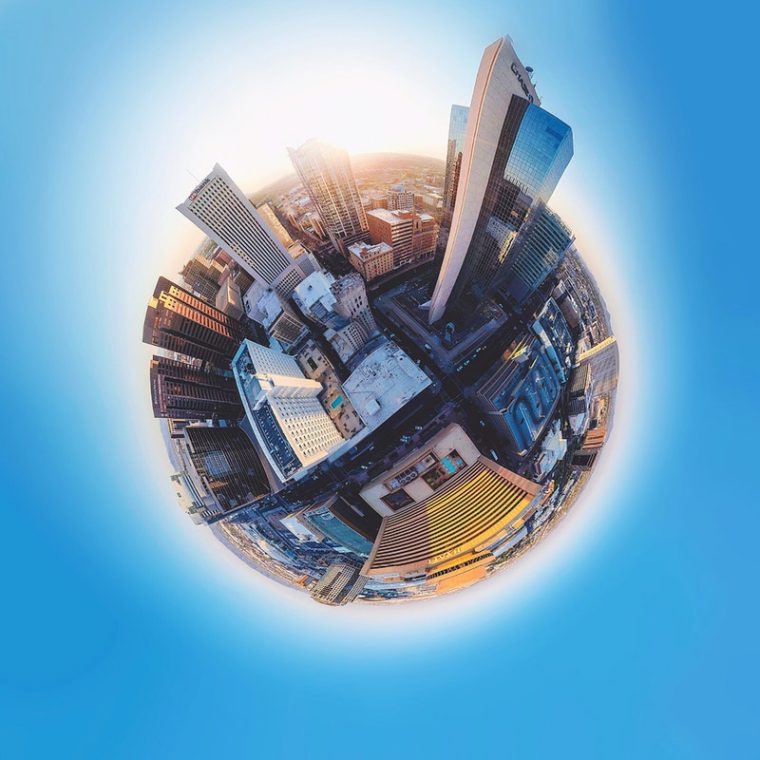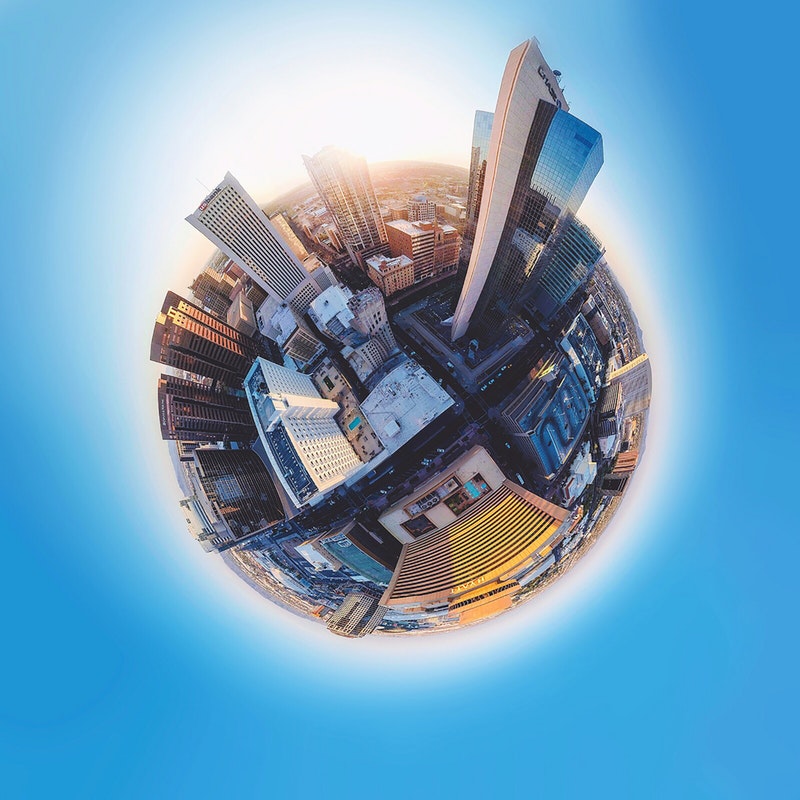
Unprecedented and rapid growth multiplies challenges for municipal leaders. That could be extremely problematic, but fortunately, cities are not just getting bigger, they are also getting “smarter.”
The “smart city” culture continues to sweep the country. Forward-thinking leaders are finding innovative solutions to problems created by unparalleled growth – problems like traffic gridlock, renewable energy, adequate and clean drinking water, broadband connectivity, public safety, air quality and sustainability.
Technology is the key component for implementing smart cities initiatives. In fact, it’s hard to discuss a smart city anywhere in the country without mentioning what it is that city leaders are doing with the Internet of Things (IoT).
Rethinking and reengineering how city services can be delivered and improved will likely result in more than $81 billion in technology spending globally by the end of 2018, according to an international data source on smart cities spending. The smart city trend is global and capital outlay is likely to increase to $158 billion by 2022. Almost every industry sector is monitoring smart city changes because the demand for private-sector collaboration will be so great.
Projects involving embedded sensors are among the most prevalent forms of technology in smart city initiatives. Tech companies are working with public leaders to install sensors that direct traffic lights, capture traffic flow patterns, determine when trash bins need to be emptied, detect road maintenance needs, issue alerts when bridge inspection is required and provide data to law enforcement.
 The city of Atlanta, Georgia, recently installed an intelligent traffic light system that reacts to real time traffic flows. City officials report that stalled traffic time has been reduced by at least 25 percent following major events in the city. Atlanta has become a leader in the smart city movement and plans to launch even more projects that will improve the city’s mobility, enhance public safety, ensure environmental sustainability, increase operational efficiency and boost convenience for citizen engagement.
The city of Atlanta, Georgia, recently installed an intelligent traffic light system that reacts to real time traffic flows. City officials report that stalled traffic time has been reduced by at least 25 percent following major events in the city. Atlanta has become a leader in the smart city movement and plans to launch even more projects that will improve the city’s mobility, enhance public safety, ensure environmental sustainability, increase operational efficiency and boost convenience for citizen engagement.
There are numerous smart city pilot programs underway to measure air quality. One in Chicago involves 100 sensors, mostly on light poles throughout the city, with another 100 to be added this year. Officials want to measure not only what is in the air, but also where the highest concentrations of pollutants are found. The data will be used to pinpoint areas of pollution and institute clean air efforts in high-risk areas. The data will also be used if it becomes necessary to warn citizens of poor air quality in any part of the city.
Engineering students at Arizona State University worked with a startup firm to create a smart trash bin…another smart city project that used sensors. The receptacle has a sensor mounted inside that alerts custodial staff when a trash pickup is required.
Autonomous vehicles (AVs) are also a significant part of the smart city trend. Although policy debates on Capitol Hill have slowed AV momentum, almost three dozen states have passed legislation regulating the use of AVs. Columbus, Ohio, is expected to roll out its first driverless shuttle service this year. The city used $40 million in U.S. Department of Transportation funds to add driverless vehicles and “connective” vehicles to its mobility network. The autonomous vehicles will be linked with sensors that allow them to communicate with each other.
In Denver, where the city population is growing by 15,000 each year, many smart city projects are underway. The projects include free WiFi for citizens, LED street lights, security cameras, sensors that gauge pollution levels and a solar-powered micro grid. Future plans include an autonomous shuttle that will connect a light rail station to bus routes.
These types of smart city initiatives will continue and become even more diverse as the results of successful projects gain more visibility. Newer smart city projects will involve linking technology to drones, establishing blockchain networks and introducing virtual augmented reality.
Best to watch these initiatives as they happen. Otherwise, it would be all too easy to miss seeing some incredible historic changes occur.
